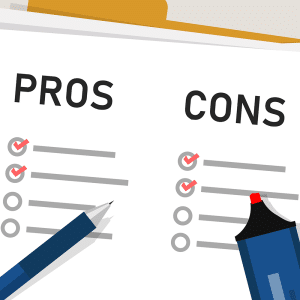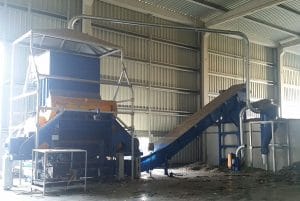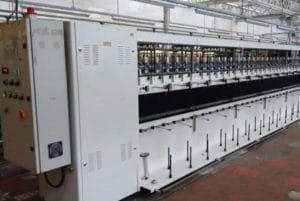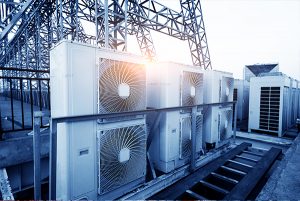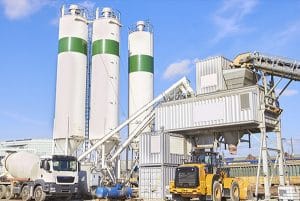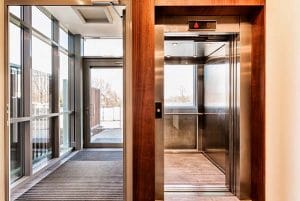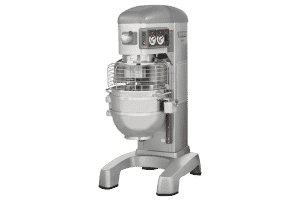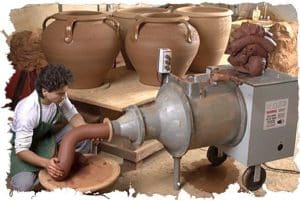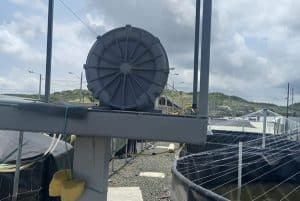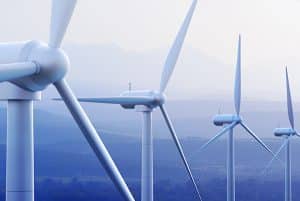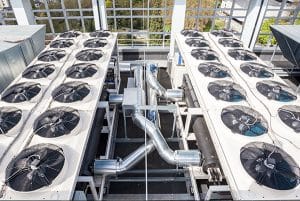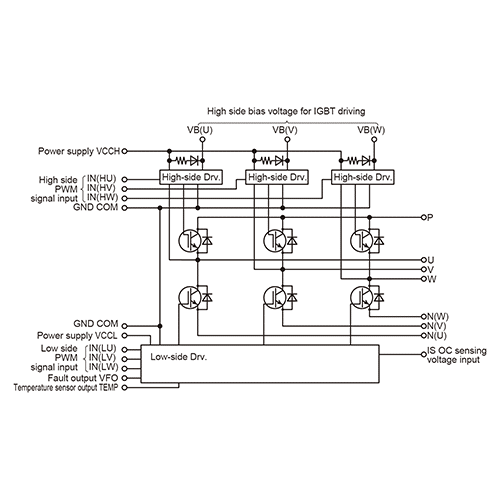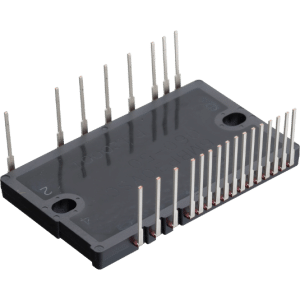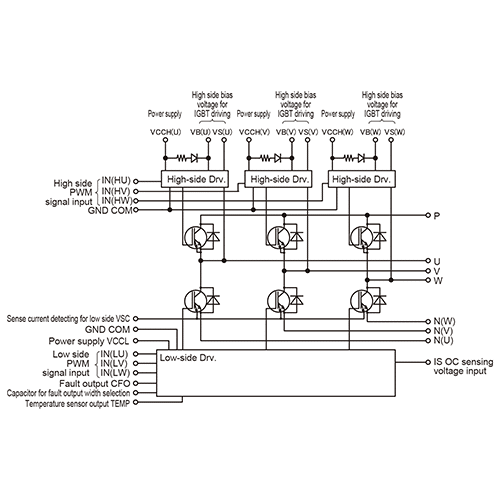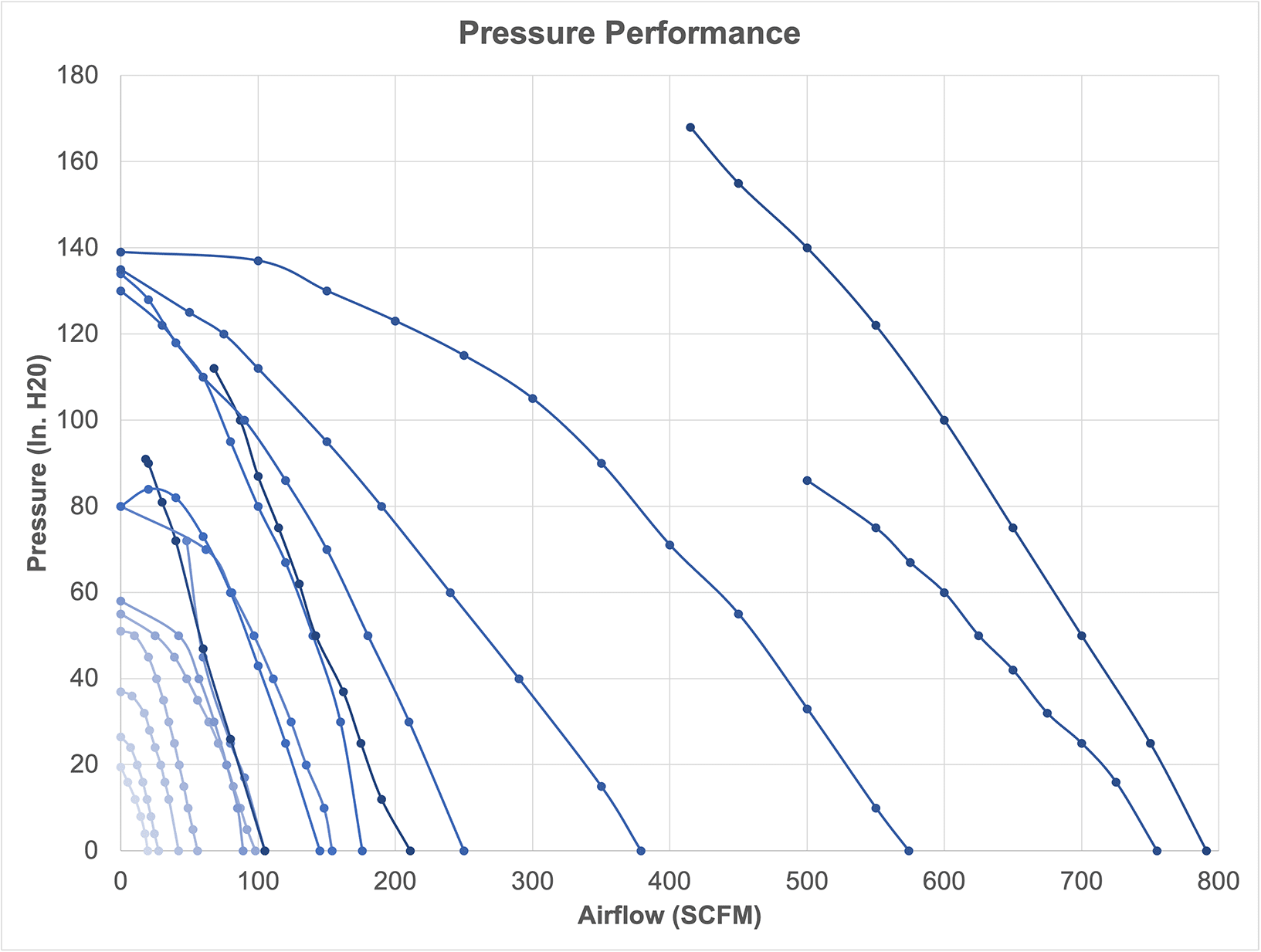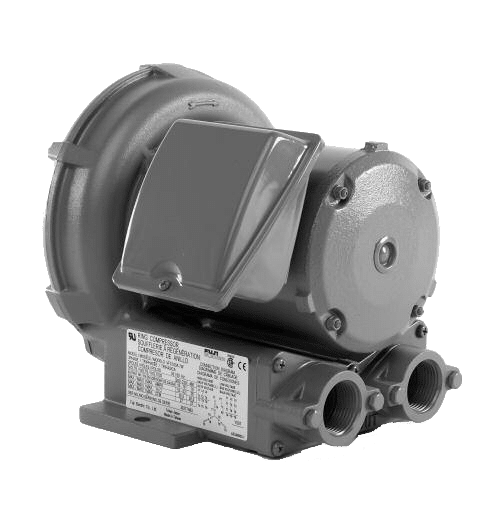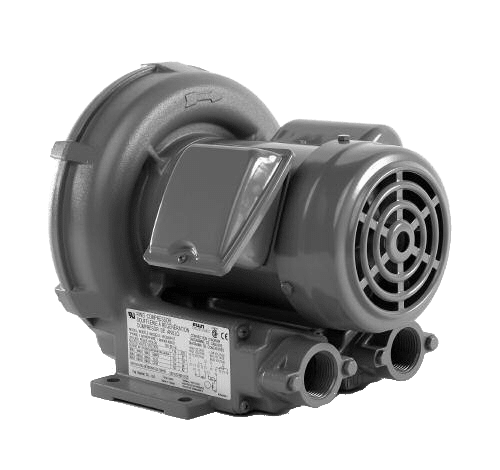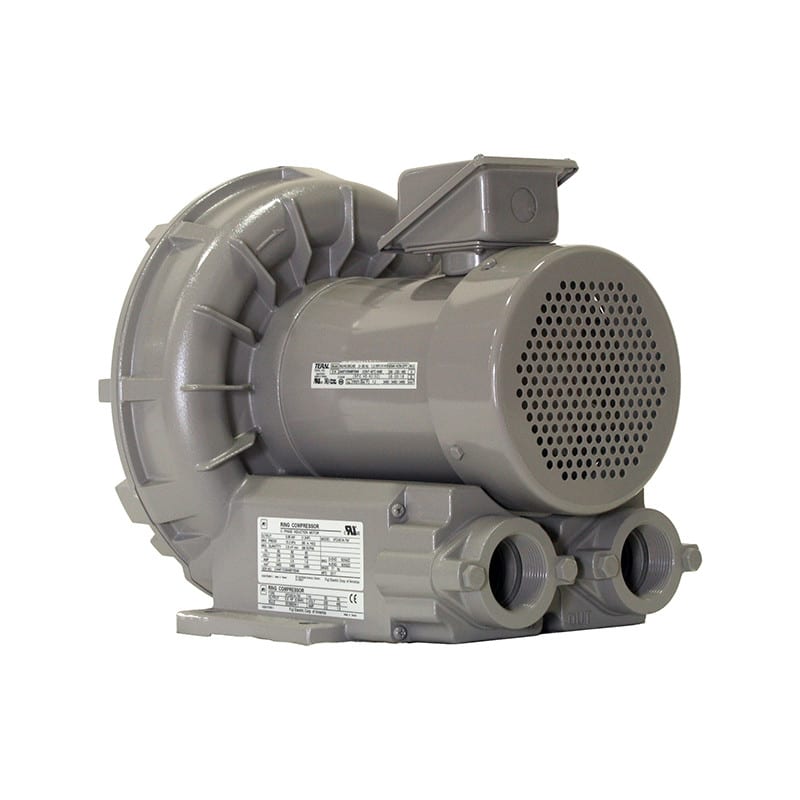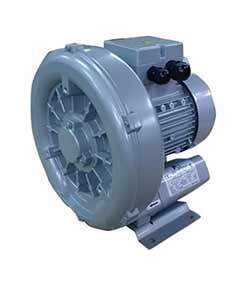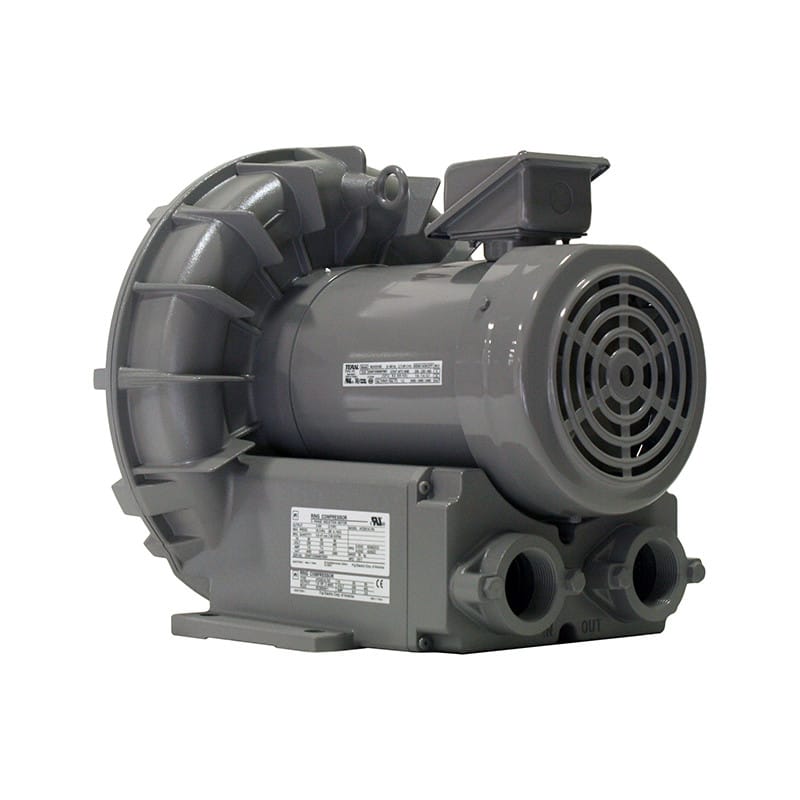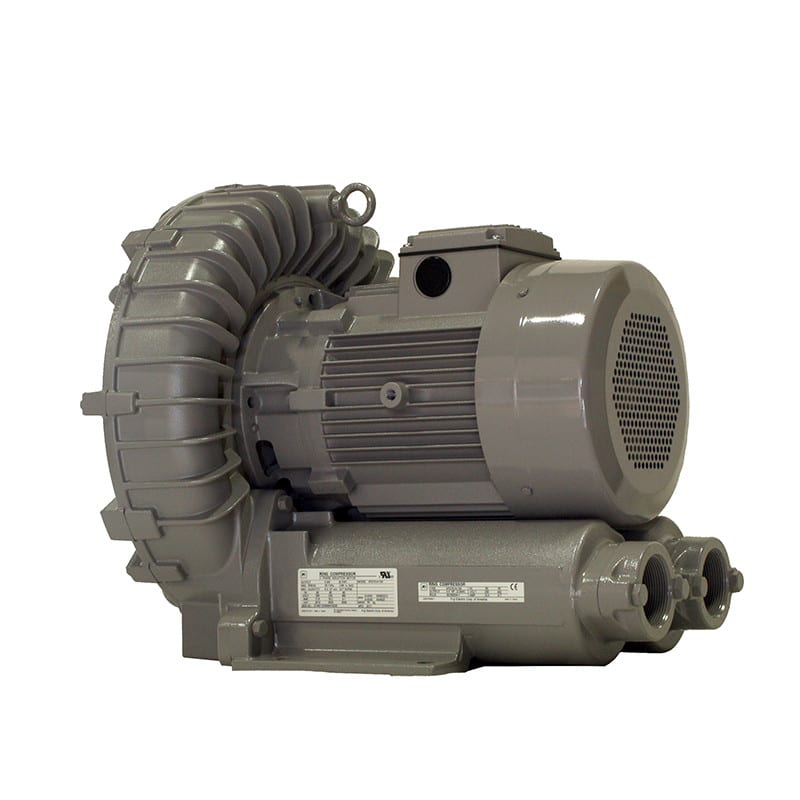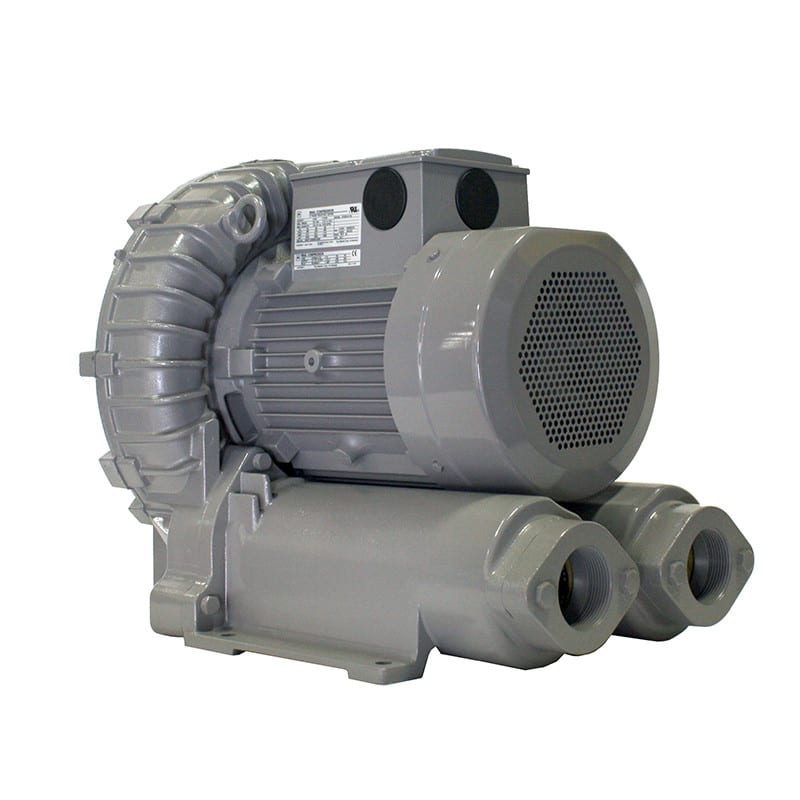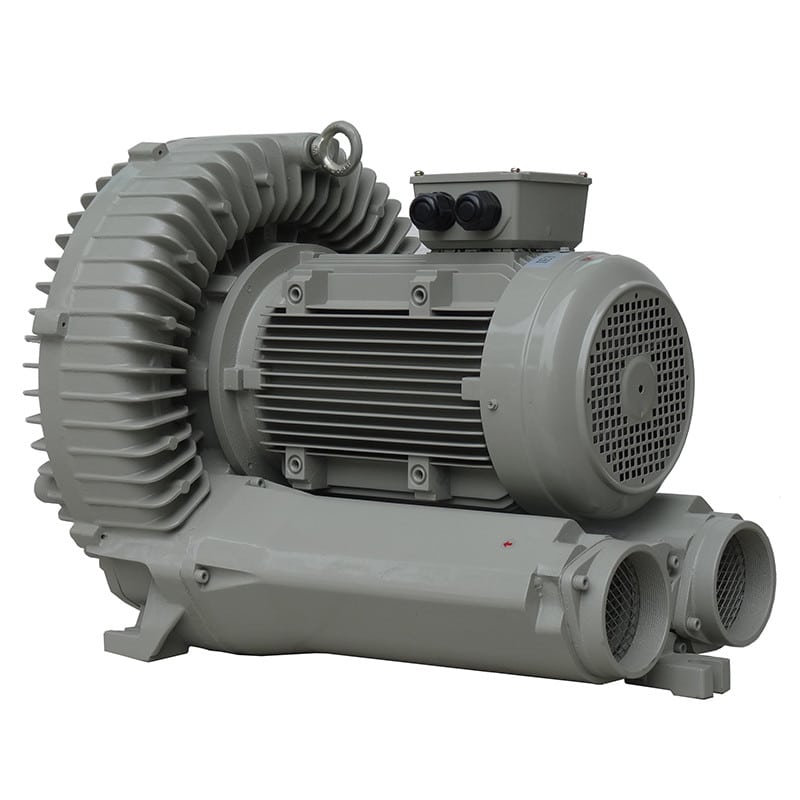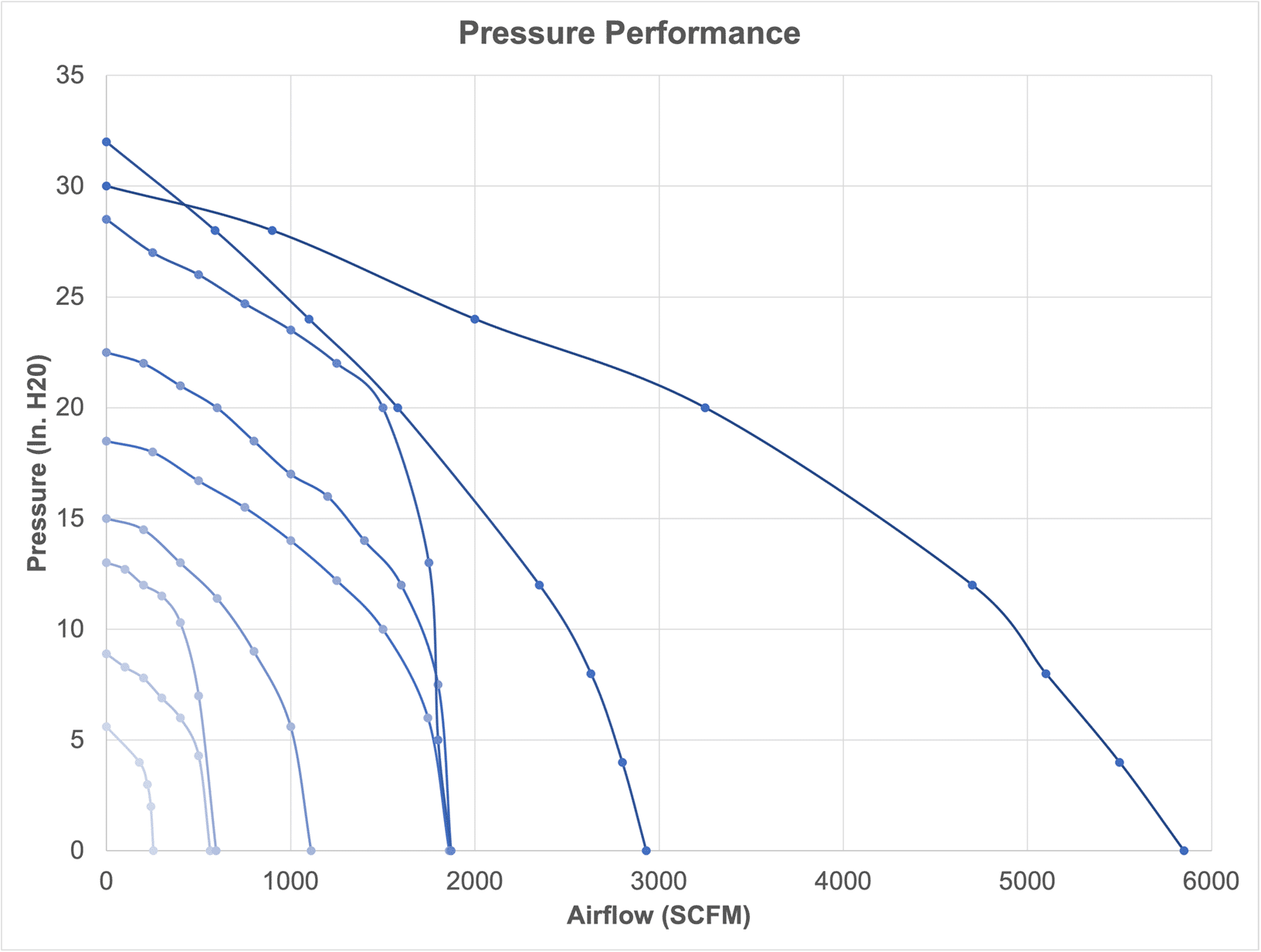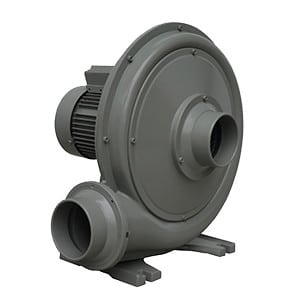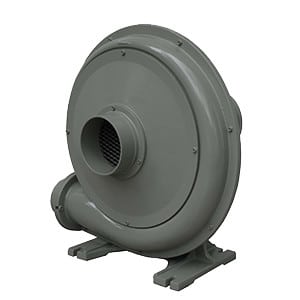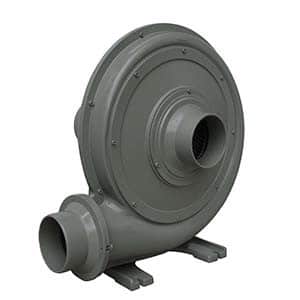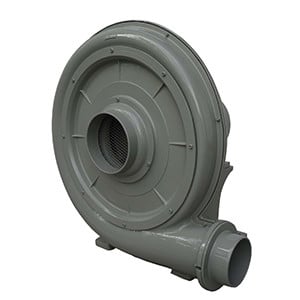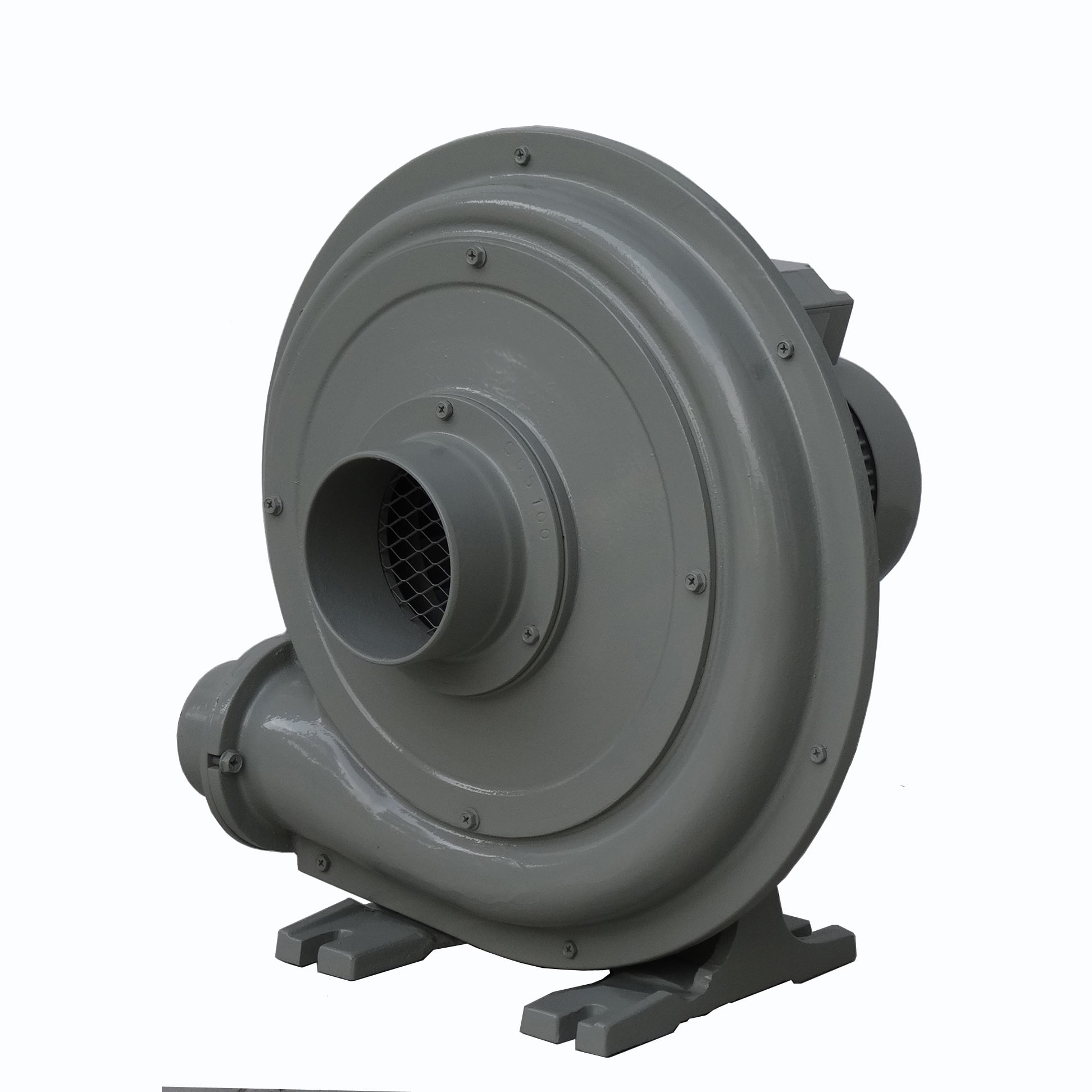AC drives offer numerous advantages in controlling the speed and torque of AC motors, but they also have some downsides or potential limitations. Here are some of the downsides or considerations associated with using an AC drive:
- Cost: AC drives can be more expensive to purchase and install compared with constant-speed drives, particularly for larger motors and complex systems.
- Heat Generation: AC drives can generate heat during operation, and if not properly cooled or ventilated, this heat can reduce the drive’s efficiency and lifespan. Adequate cooling and ventilation are essential to prevent overheating.
- Maintenance: While AC drives are extremely reliable, they do require periodic maintenance to ensure they continue to function properly. This includes checking for loose connections, cleaning, and potentially replacing components like capacitors and cooling fans.
- Compatibility: AC drives may not be suitable for all types of motors and applications. Compatibility issues may arise when connecting AC drives to older or non-standard motor types.
It’s important to note that many of these downsides can be mitigated or managed through proper design, installation, and maintenance practices. AC drives are widely used and offer significant benefits in terms of energy efficiency, process control, and overall system performance, making them a valuable tool in many industrial and commercial applications. However, it’s essential to carefully consider these potential downsides and take appropriate measures to address them when integrating AC drives into a system.

